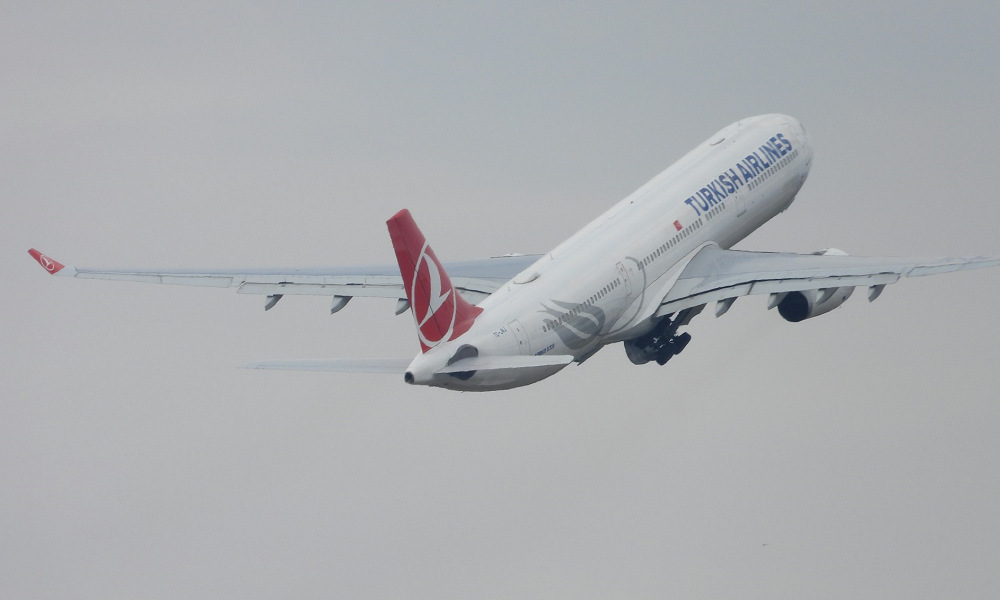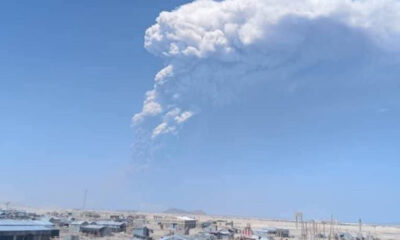Reviews
Lenses on the go – what to remember when flying on vacation?

Traveling can be an exhilarating experience, offering a chance to explore new places, meet new people, and escape from the routine of daily life. However, for those who wear contact lenses, flying can present unique challenges. Whether you are a seasoned traveler or preparing for your first trip, understanding how to manage contact lenses while on the go is crucial.
Preparing for Your Flight
First, make sure you have enough contact lenses to last the entire trip. It’s always a good idea to pack extra lenses, just in case of unexpected delays or loss. Additionally, bring a backup pair of glasses. Flights can be long, and wearing lenses for extended periods can cause discomfort, so having glasses on hand allows you to give your eyes a break.
When packing your lenses, pay attention to TSA regulations. Liquids, including contact lens solutions, are subject to specific restrictions. Each passenger is allowed to carry a quart-sized bag of liquids, gels, and aerosols in containers of 3.4 ounces (100 milliliters) or less per item. Ensure your contact lens solution fits within these guidelines to avoid any issues at security checkpoints. For more details, you can consult resources like https://www.contactlenses4us.com/, which provide additional guidance on traveling with lenses.
During the Flight
To combat dryness, consider using rewetting drops that are safe for contact lenses. These drops can help maintain moisture and comfort throughout the flight. It’s advisable to use preservative-free drops to minimize any potential irritation.
If your flight is particularly long, think about removing your lenses and wearing your glasses instead. This can prevent your eyes from becoming overly dry and uncomfortable. If you choose to keep your lenses in, make sure to blink frequently and stay hydrated by drinking plenty of water, which helps maintain moisture levels in your eyes.
Navigating Layovers and Transfers
During layovers, take the opportunity to refresh your eyes. If you have time, remove your lenses and clean them according to the manufacturer’s instructions. This can be done in the airport restroom or a quiet corner of the lounge. Keeping your lens case and solution easily accessible in your carry-on bag ensures you can perform these tasks without hassle.
If your layover is extensive, consider wearing your glasses until you reach your final destination. This gives your eyes a chance to rest and reduces the risk of lens-related issues during your journey.
Arriving at Your Destination
If you’re traveling to a destination with a significantly different climate, such as a humid tropical region or a dry desert area, your eyes may need some time to adjust. In such cases, using moisturizing drops can be beneficial. Be mindful of local water quality if you need to rinse your lenses or lens case. In some regions, tap water may not be safe for contact lens care, so it’s advisable to use bottled or distilled water for rinsing purposes.
Additionally, if you plan to engage in activities such as swimming or water sports, it’s recommended to wear goggles to protect your lenses from water contamination. Alternatively, consider daily disposable lenses that you can discard after use, minimizing the risk of infection or irritation.

-

 World1 week ago
World1 week agoEthiopian volcano erupts for first time in thousands of years
-

 Health2 days ago
Health2 days ago8 kittens die of H5N1 bird flu in the Netherlands
-

 Legal7 days ago
Legal7 days agoUtah Amber Alert: Jessika Francisco abducted by sex offender in Ogden
-

 US News6 days ago
US News6 days agoExplosion destroys home in Oakland, Maine; at least 1 injured
-

 Health7 days ago
Health7 days agoMexico’s September human bird flu case confirmed as H5N2
-

 Legal3 days ago
Legal3 days ago15 people shot, 4 killed, at birthday party in Stockton, California
-

 World7 days ago
World7 days agoWoman killed, man seriously injured in shark attack on Australia’s NSW coast
-

 US News2 days ago
US News2 days agoFire breaks out at Raleigh Convention Center in North Carolina




